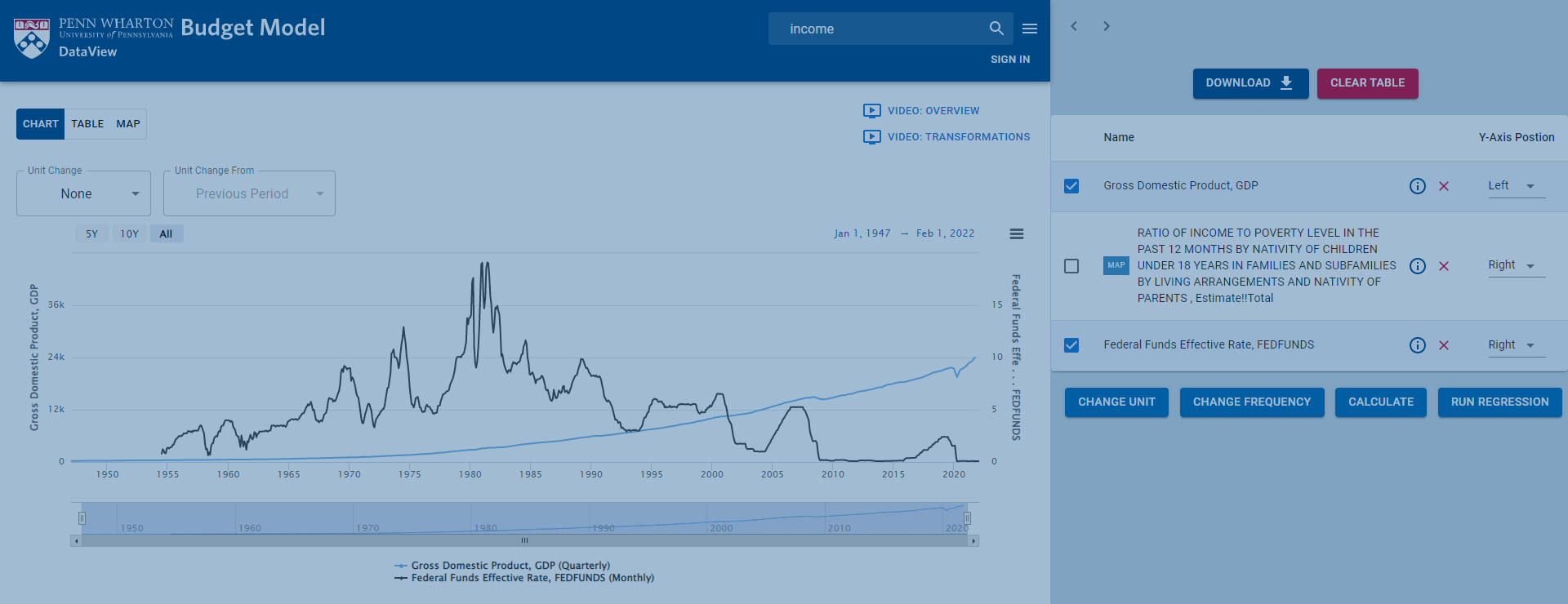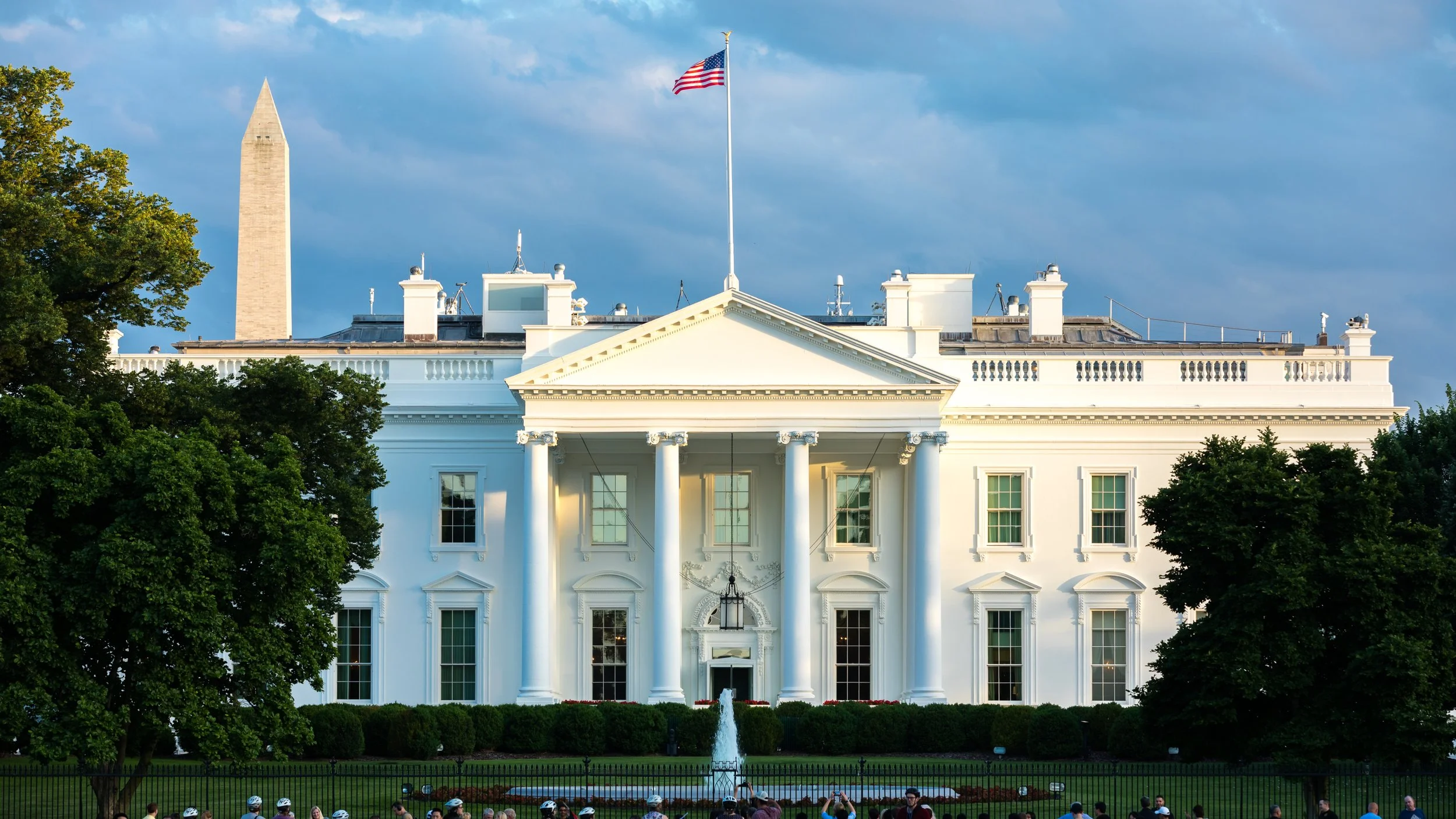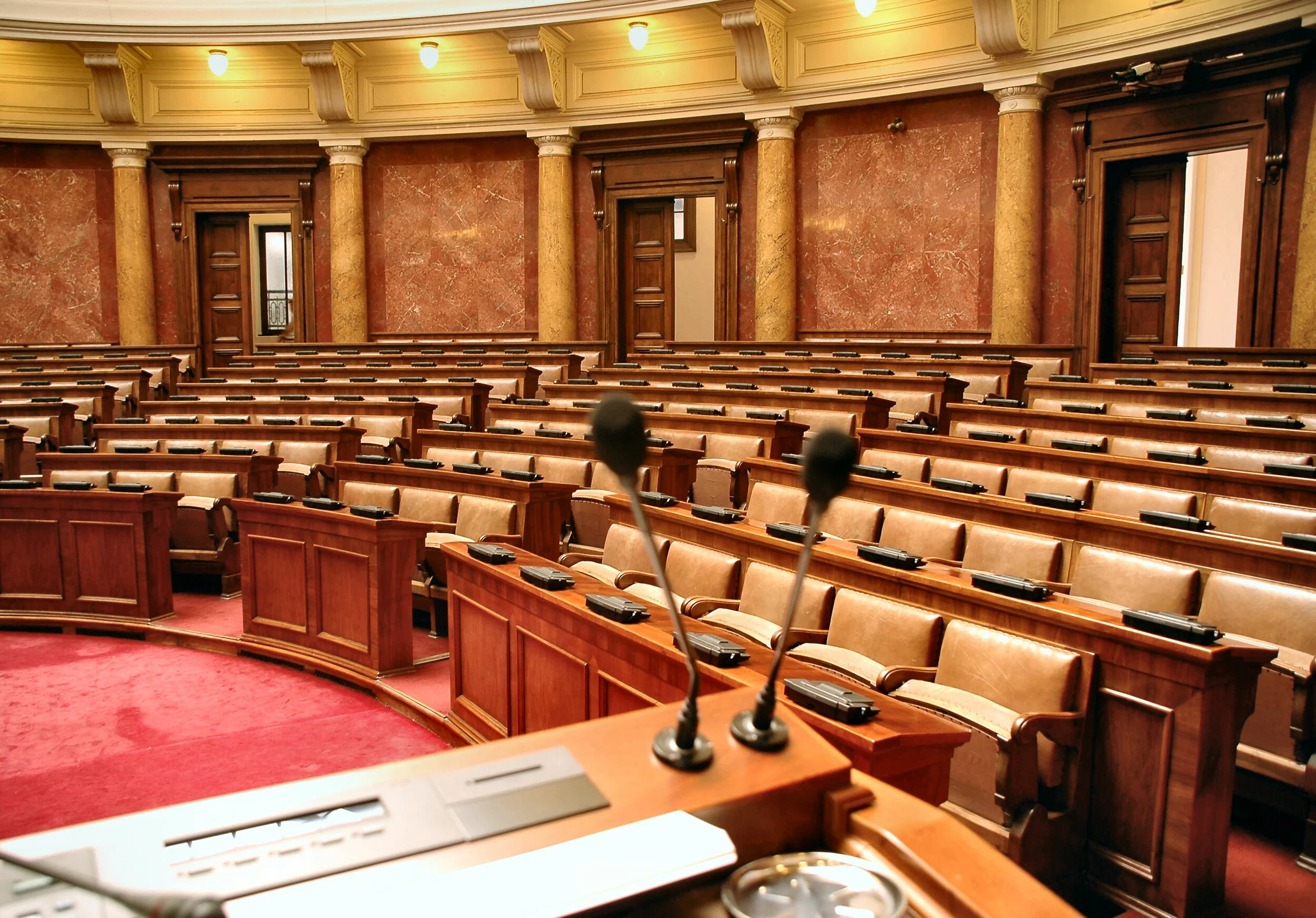DataView is a powerful new tool that simplifies collecting, visualizing, and analyzing government and other public data:
Search across millions of data series available from dozens of sources.
Transform and combine data as desired using simple “point and click”.
Visualize your data with graphs, tables, scatterplots, and animated US maps.
Test your ideas using integrated regression analysis.
Create an account to save your work for later as well as share with others.












